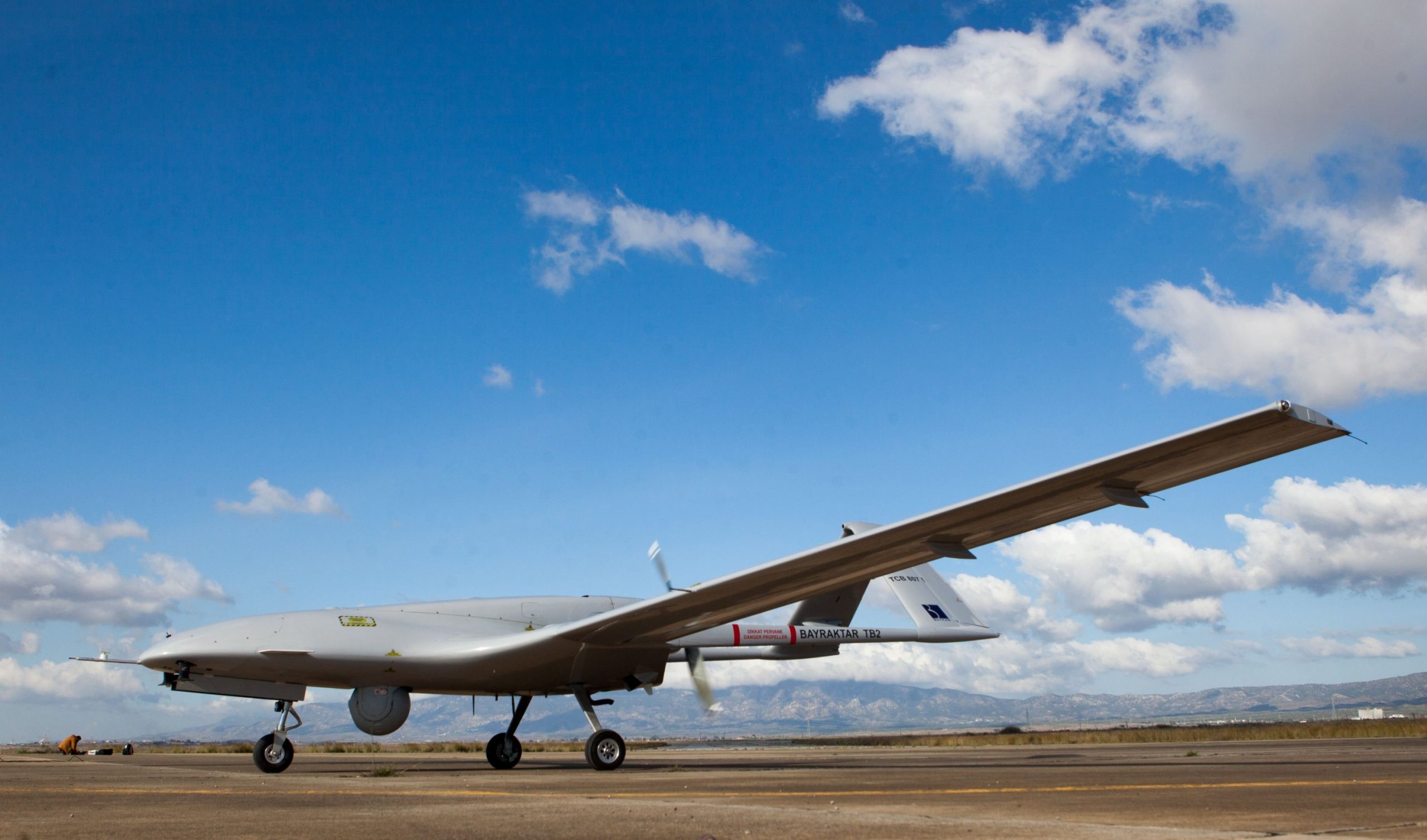Turkey’s Ministry of National Defence announced the launch of a new cross-border military operation called “Operation Claw-Lock” against the PKK in northern Iraq on April 18. The official objective of the operation is ensuring the border security of Turkey and destroying the PKK targets located in Metina, Zap, and Avashin-Basyan in northern Iraq. The Ministry of National Defence also emphasized that the operation aims to thwart wide-scale attacks planned by the PKK against Turkey.
The Turkish Armed Forces (TAF) have a long track record of undertaking cross-border operations against the PKK, insofar as the diplomatic environment and Turkey’s own resources permit. Hence, the ongoing military operation is not a novelty. The PKK has enjoyed safe havens in certain pockets of northern Iraq such as the Qandil Mountains and has used them as a springboard to undertake attacks in Turkey.
However, undertaking cross-border operations against the PKK targets in northern Iraq is a difficult and challenging military venture. Some of the challenges Ankara faces are the protests by Baghdad and the Kurdish Regional Government (KRG), restrictions on necessary military hardware by NATO allies, the geographic depth and height of the PKK hideouts, and the proximity of the Qandil Mountains to the Iranian border.
Operation Claw is a new-generation cross-border operation
Although Turkey’s cross-border operations against ISIS (Daesh) and PKK terror groups are not unexpected, their changing nature is. Beginning in mid-2019, the Operation Claw series, featuring Operation Claw 1-2-3, Operation Claw-Eagle 1-2, Operation Claw-Tiger, Operation Claw-Lightning, Operation Claw-Thunderbolt, and, most recently, Operation Claw-Lock represent a meaningful change from the logic of the cross-border operations of the 1990s and 2000s.
The Operation Claw series aims to carve out a “security belt” parallel to the Turkish-Iraqi border southwards in order to deny the PKK the capacity to operate, organize, train, recruit, and attack within and from the predicted security belt. This security belt is a result of years-long bitter experiences in countering the PKK threat.
Despite countless air campaigns coupled with ground offensives both within and across the Turkish border, the PKK succeeded in maintaining its presence and organizational capacity in northern Iraq. This enabled it to carry out attacks against Turkish security personnel, outposts, and civilians within Turkey.
The compulsorily limited nature—both temporal and spatial—of the past cross-border operations provided the PKK with the manoeuvring space to bounce back even after devastating air and ground offensives by the TAF. Part of the solution was establishing and maintaining a semi-permanent military presence in the area of operation following the air and ground offensives, which is now one of the main components of the Operation Claw series.
However, this concept could only be viable through constant surveillance and suppression of the foe from the air, ensured by the widespread and effective use of Turkey’s indigenous armed and unarmed drones.
politicstoday.org
